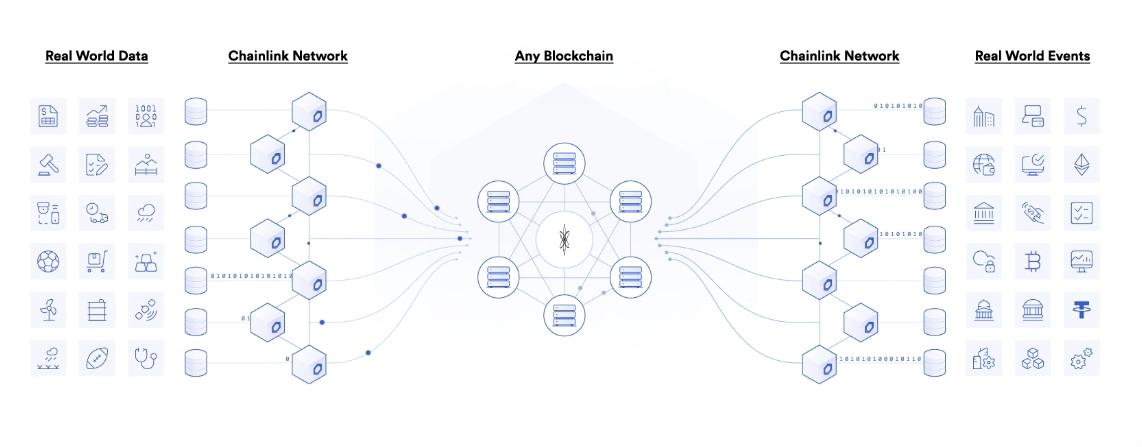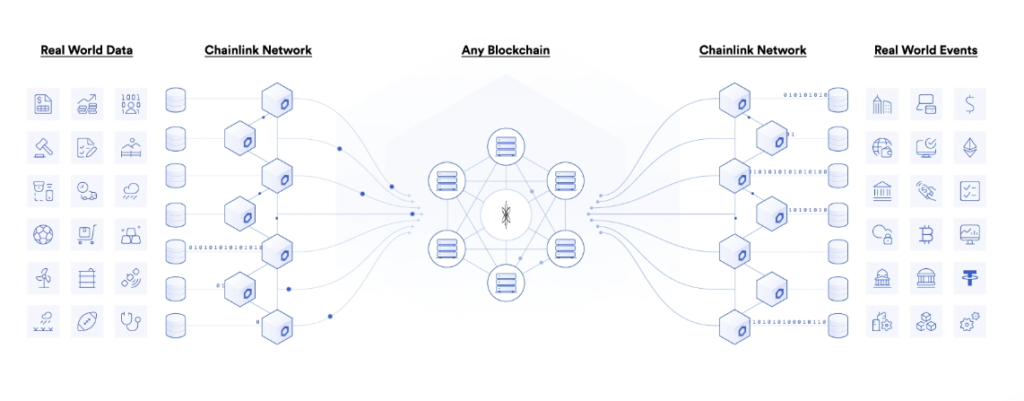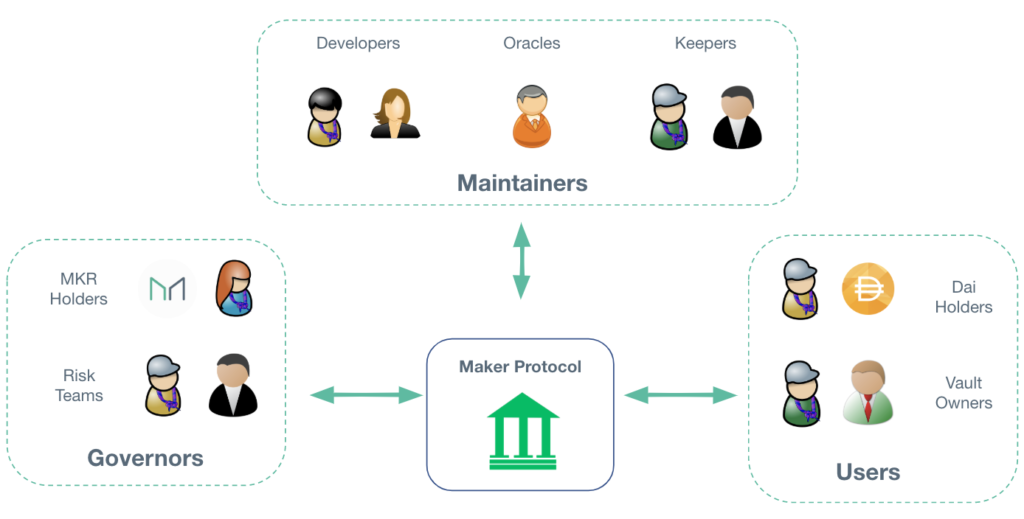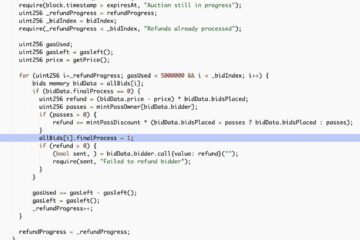Crypto oracles

The truth is something that we search but we don’t even know even if it exists. Can we create truth? Can we create a system that allow us to all agree on what reality is? Blockchains have created a truth system for its cryptocurrencies, but, can we extend this to the real world? Crypto oracles are trying to solve this problem, let’s see how.
The problem
Blockchains allow to create universal and immutable truth inside it. The problem is, the truth that can be stored in the blockchain is limited. It allows to only store truth related to operations with cryptocurrencies and tokens.
This is not enough to create more complex smart contracts that use real world data. So, is there a way to provide real world data inputs to the blockchain to create those smart contracts? This would allow to create contracts considering things like weather conditions, population data and all kind of metrics.
Crypto oracles

Crypto oracles or blockchain oracles are services that provide a bridge between real world data (or offchain data) and smart contracts. This way, you can create hybrid smart contracts which are those that use both onchain and offchain data.
How? The approach is similar to the blockchain one. Create a network of nodes and those nodes will provide redundant data about some metric or event. Aggregating the data and applying some rules, you can decide what the real value is. For example, if I have 100 sources of the value of the dollar versus the bitcoin, we could do an average of them and say that this is the real value. That’s the crypto oracle. We created a truth system out of real world data.
But achieving a trustful state is not easy. Nodes can malfunction, they could be malicious or they could be attacked. The design of an oracle network is not easy and is critical to developing a secure network that provides reliable data that we can trust1.
Applications
You should be thinking, what we can do with this? The first immediate application is stablecoins. By having access to fiat conversion of a cryptocurrency you can create a token that has a very tight correlation with a fiat value. This has been the first application and most widely used. MakarDAO’s DAI is a popular synthetic stablecoin that uses crypto oracles. By using the fiat conversion value of different assets, a smart contract can sell and buy collateral in order to achieve a target token price, in this case, 1$.

But more complex applications can be developed. Imagine that you have a crop farm and you create a hybrid smart contract stating that if this year doesn’t rain, then you will be payed. You just created a decentralized insurance. There are infinite applications that can be made: prediction systems, many types of insurances, business contracts, gambling…
Implications
This technology allows to create a secure open universal real data truth. It creates a truth system that society will be able to rely on to create smart contracts. Crypto oracles allow developers to create blockchain applications using real world data.
The decentralization of services like insurances, will allow permissionless access to everybody, enabling people that are currently out of the game to access first class services. Imagine a crop farmer that due being in a country without a proper economic infrastructure for insurances can suddenly access a global insurance market to insure its crops. If this doesn’t makes you click, you need to read it twice.


